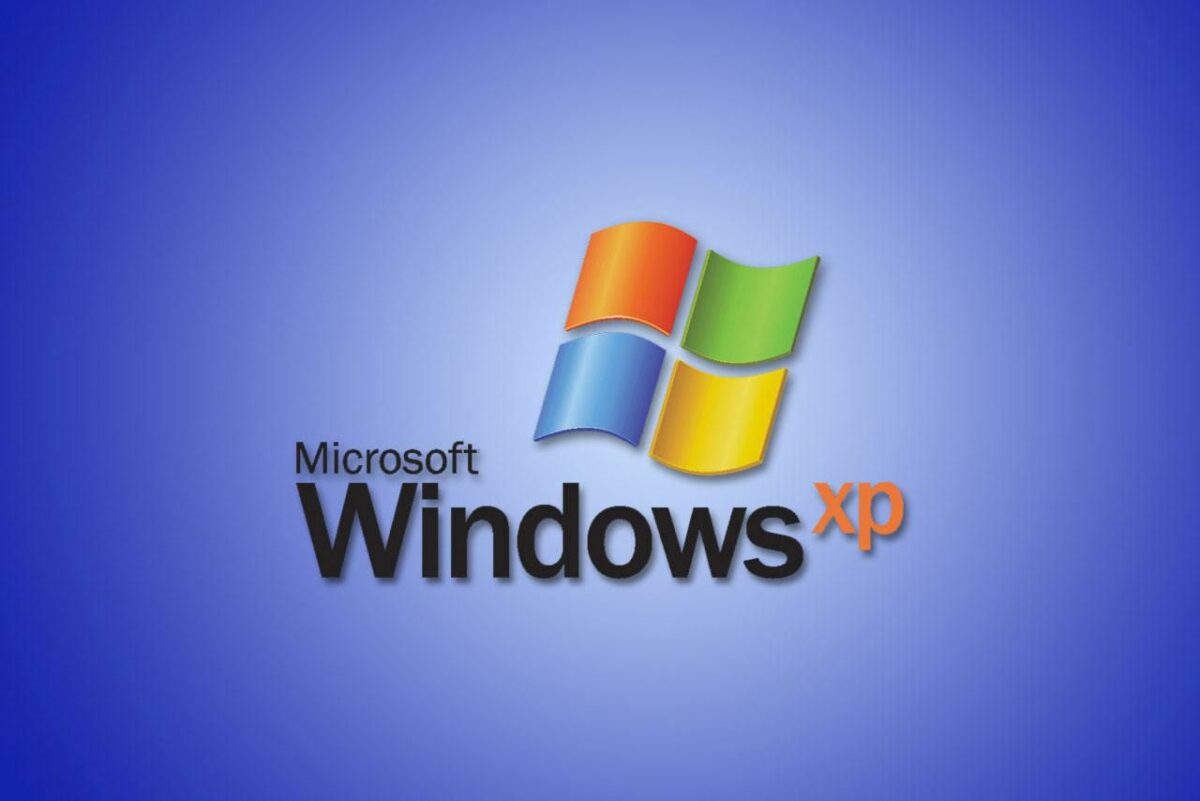In the early 2000s, as personal computing entered a new era, Microsoft introduced an operating system that would revolutionize the way users interacted with their computers—Windows XP. Released on October 25, 2001, Windows XP marked a departure from its predecessors, offering a user-friendly interface, enhanced multimedia experiences, and a host of cutting-edge capabilities that defined an era. This comprehensive guide navigates the XP frontier, exploring the groundbreaking features that made Windows XP a trailblazer and examining its lasting impact on the landscape of personal computing.
1. The Aesthetic Revolution: Luna and the Visual Overhaul
At the heart of Windows XP’s appeal was its visually striking Luna interface. Departing from the flat and utilitarian design of earlier versions, Luna introduced a vibrant and intuitive visual experience. The Start menu, adorned with the iconic green Start button, became the focal point of the desktop, providing users with easy access to applications, documents, and system settings. Luna’s design principles set the stage for the sleek and user-friendly interfaces that would become standard in subsequent operating systems.
2. Multimedia Marvels: Windows Media Player 8 and DirectX 8.1
Windows XP ushered in a new era of multimedia with Windows Media Player 8. This iteration offered improved performance, CD ripping capabilities, and support for a myriad of multimedia formats. Users could now enjoy music, videos, and streaming content with unprecedented ease. Complementing this was DirectX 8.1, a multimedia API that elevated gaming and graphics on Windows XP. These innovations laid the groundwork for the immersive multimedia experiences we take for granted today.
3. System Stability: Introducing System Restore
Recognizing the frustration users faced with system errors and crashes, Windows XP introduced the groundbreaking System Restore feature. This tool allowed users to roll back their system files and settings to a previous state, effectively undoing changes that led to instability. System Restore provided a safety net for users experimenting with system configurations, significantly reducing the fear of irreversible consequences.
4. Wireless Wonders: Pioneering Wi-Fi Connectivity
As the world embraced wireless connectivity, Windows XP was at the forefront with its robust support for Wi-Fi networking. This feature seamlessly integrated wireless capabilities into the operating system, simplifying the process of connecting to Wi-Fi networks. Windows XP played a pivotal role in popularizing wireless networking, laying the foundation for the ubiquitous wireless landscape we experience today.
5. Compatibility in the Virtual Realm: Windows XP Mode
Understanding the importance of maintaining compatibility with legacy applications, Windows XP introduced the innovative Windows XP Mode. Available in later editions like Windows 7 Professional, Enterprise, and Ultimate, this feature allowed users to run applications designed for Windows XP on newer operating systems. By encapsulating a virtualized Windows XP environment, this mode ensured backward compatibility, enabling businesses and users to transition to newer systems without sacrificing access to critical legacy software.
6. Security Reinvented: Windows Firewall and Automatic Updates
In response to the evolving threat landscape, Windows XP prioritized security with the inclusion of Windows Firewall. This built-in firewall acted as a barrier against unauthorized access and potential malware threats, bolstering the operating system’s defenses. Additionally, Windows XP introduced Automatic Updates, a feature that streamlined the process of receiving critical updates, security patches, and driver updates directly from Microsoft. These security measures laid the foundation for the robust security ecosystems of modern operating systems.
7. Remote Revolution: Remote Assistance and Remote Desktop
Windows XP anticipated the growing need for remote collaboration and technical support with the introduction of Remote Assistance and Remote Desktop functionalities. Remote Assistance allowed users to seek help by granting access to their desktop, while Remote Desktop empowered users to access their computers from remote locations. These features laid the groundwork for the remote connectivity tools that have become integral to our digital workflows.
8. DirectX 9 and Gaming Evolution
For gaming enthusiasts, Windows XP introduced DirectX 9, a multimedia API that not only enhanced the visual quality of games but also introduced advanced graphics features. This innovation played a crucial role in shaping the gaming industry, laying the foundation for the immersive and visually stunning games we experience today.
9. Legacy and Enduring Impact
While Windows XP reached its end of support in 2014, its legacy endures. Many of the features introduced in Windows XP have become foundational elements of modern operating systems. The user-friendly interface, multimedia enhancements, security measures, and networking capabilities pioneered by Windows XP continue to influence the design and functionality of contemporary operating systems.
10. Conclusion: Windows XP’s Lasting Legacy
In conclusion, navigating the XP frontier was a journey that transformed the landscape of personal computing. Windows XP’s cutting-edge capabilities set new standards for user experience, multimedia, security, and compatibility. As we reflect on this pioneering operating system, we recognize its enduring legacy in the features we take for granted in modern computing. Windows XP, with its innovative spirit, remains a testament to the transformative power of technology.
